Celebrating womxn in art:
A conversation on creativity, resistance, and legacy
In a world where the narratives of womxn and non-binary artists have often been marginalised,
the voices of those shaping the contemporary art ecosystem are more vital than ever.
By Debbie Hathway
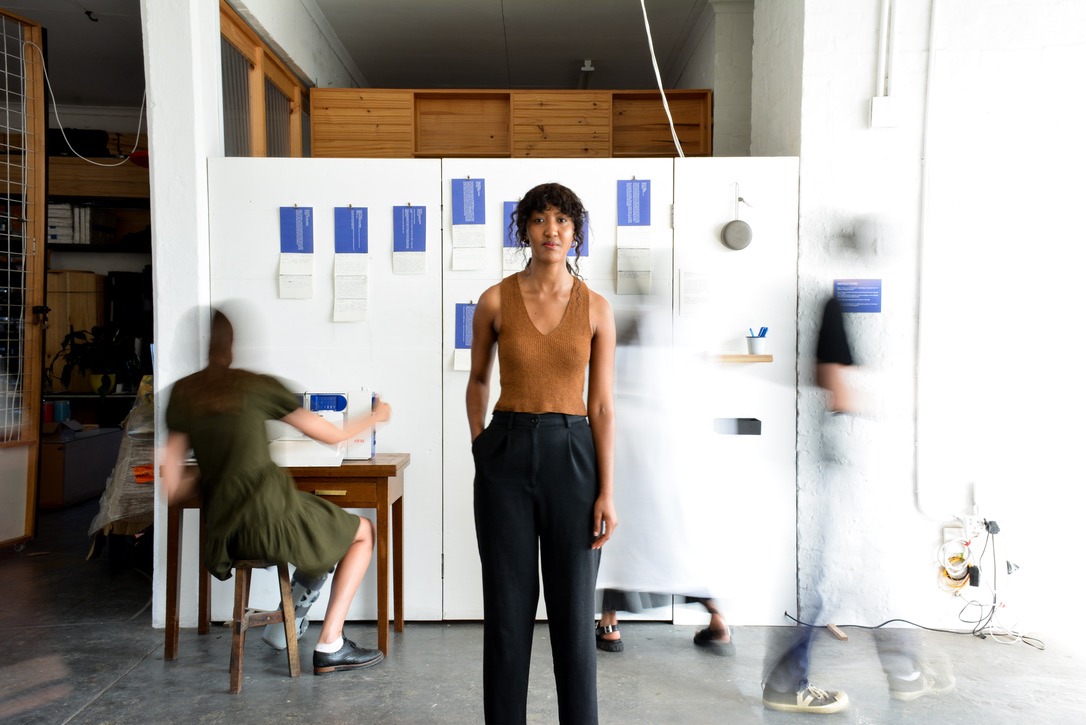
Nkgopoleng Moloi
February in Cape Town pulses with creativity, and this year, the city’s art scene took centre stage beyond the usual Valentine’s Day clichés. Africa’s leading auction house, Strauss & Co, hosted a Galentine’s Day event, celebrating the power of kinship among womxn, intentionally using ‘x’ instead of ‘a’ in that spelling to inspire conversation. Held at their Woodstock premises, the gathering brought together leading voices in contemporary art.
Moderated by ArtThrob editor Nkgopoleng Moloi, the conversation explored the impact of womxn and non-binary artists in shaping the art ecosystem, highlighting their resistance, storytelling, and radical creativity – framed as both a celebration and defiance.
The panel included Khanyisile Mbongwa, 2025 curator of The Stellenbosch Triennale; Liese van der Watt, curator of ‘We, The People: 30 Years of Democracy in South Africa’ at The Norval Foundation; Mille Kalsmose, a visual artist who lives and works in Copenhagen and New York; and Talia Ramkilawan, winner of the 2023 Investec Cape Town Art Fair Tomorrow’s/Today Prize.
Art as a space for healing and resistance
Reflecting on her journey as an artist and curator, Mbongwa spoke candidly about her experiences at Stellenbosch University and how they shaped her perspective on art. “I experienced black psychosis. I lost my mind,” she shared, stressing the psychological toll of systemic exclusion entrenched in the institution that continues today. Her work, deeply rooted in addressing historical and spatial injustices, has been instrumental in creating spaces where marginalised voices can be heard. “I don’t believe anybody should be a martyr. I don’t believe I need to sacrifice myself for something to change.” For Mbongwa, the artist’s role is to continue the work of those who came before, pushing boundaries and expanding possibilities.
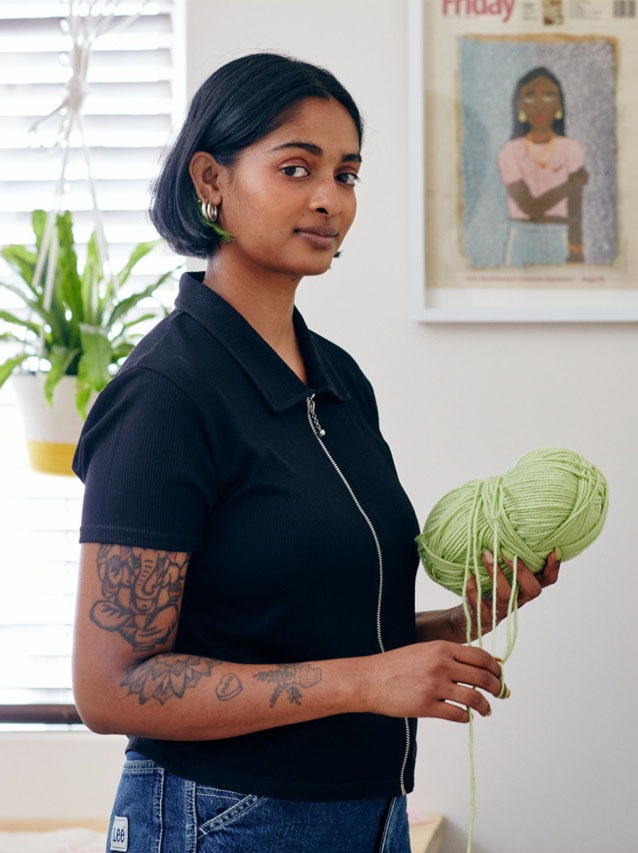
Talia Ramkilawan
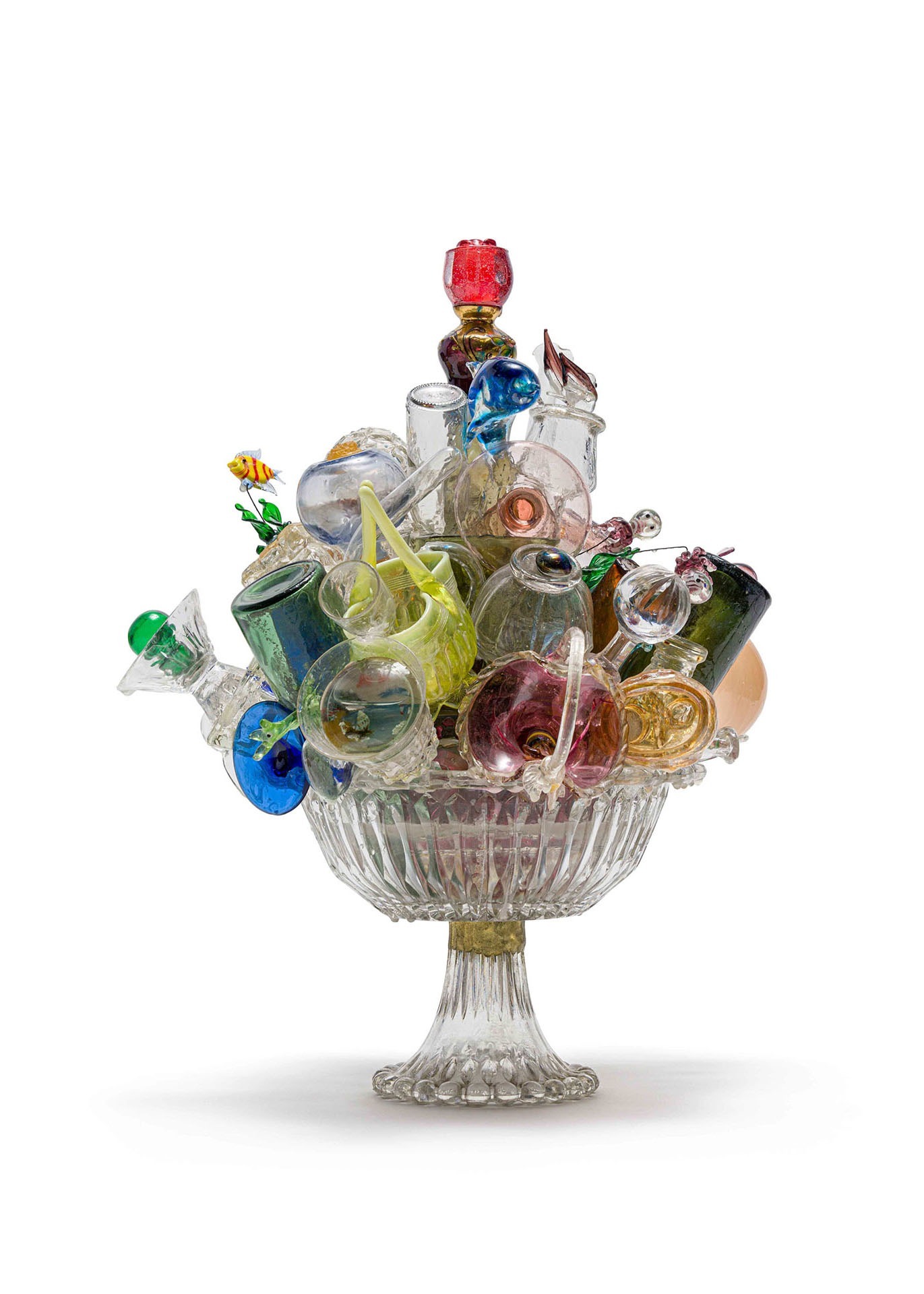
Fragile Politeness
Stephané Conradie, Breekbare Beleefdheid
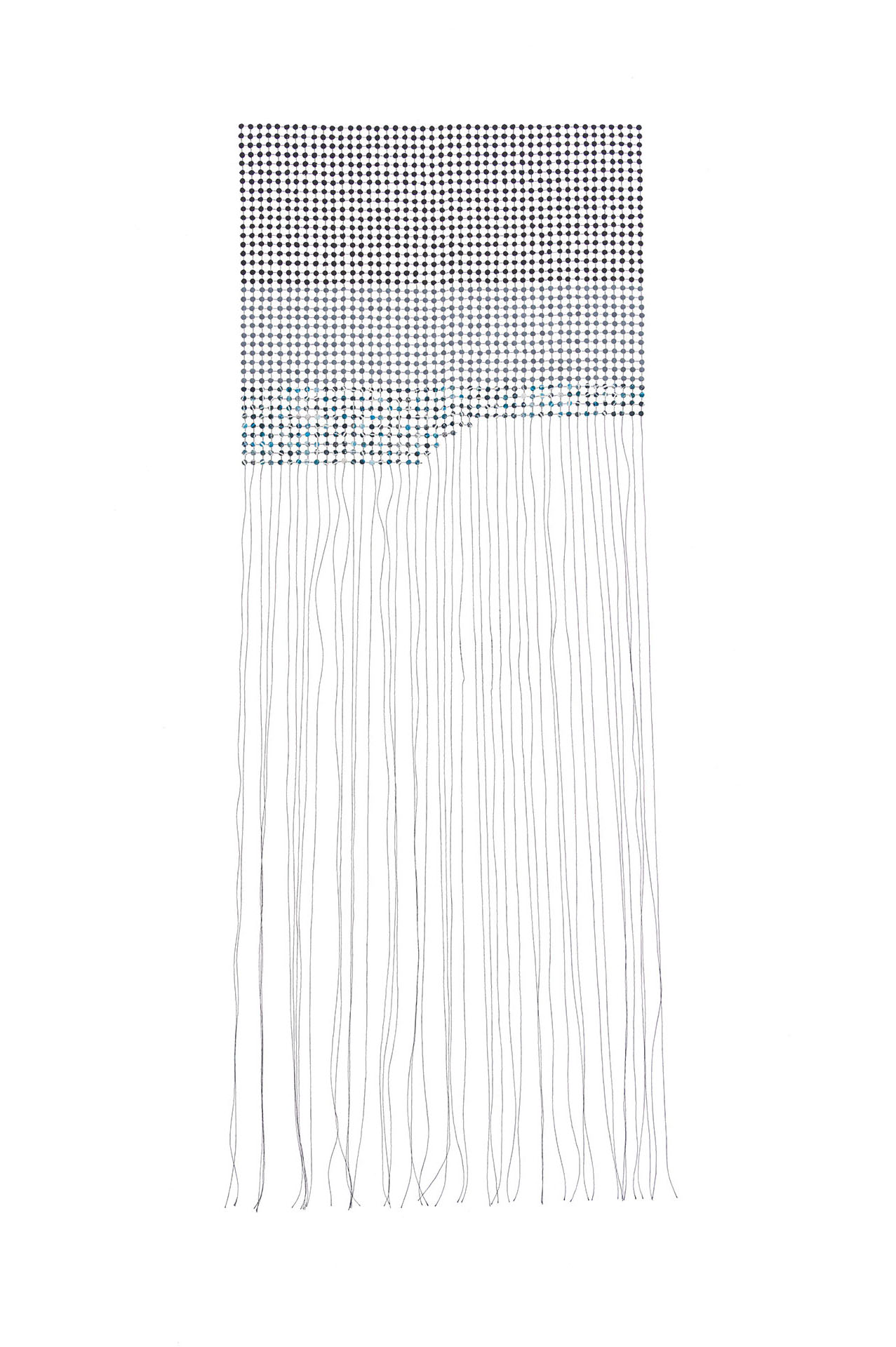
Untitled
Bonolo Kavula
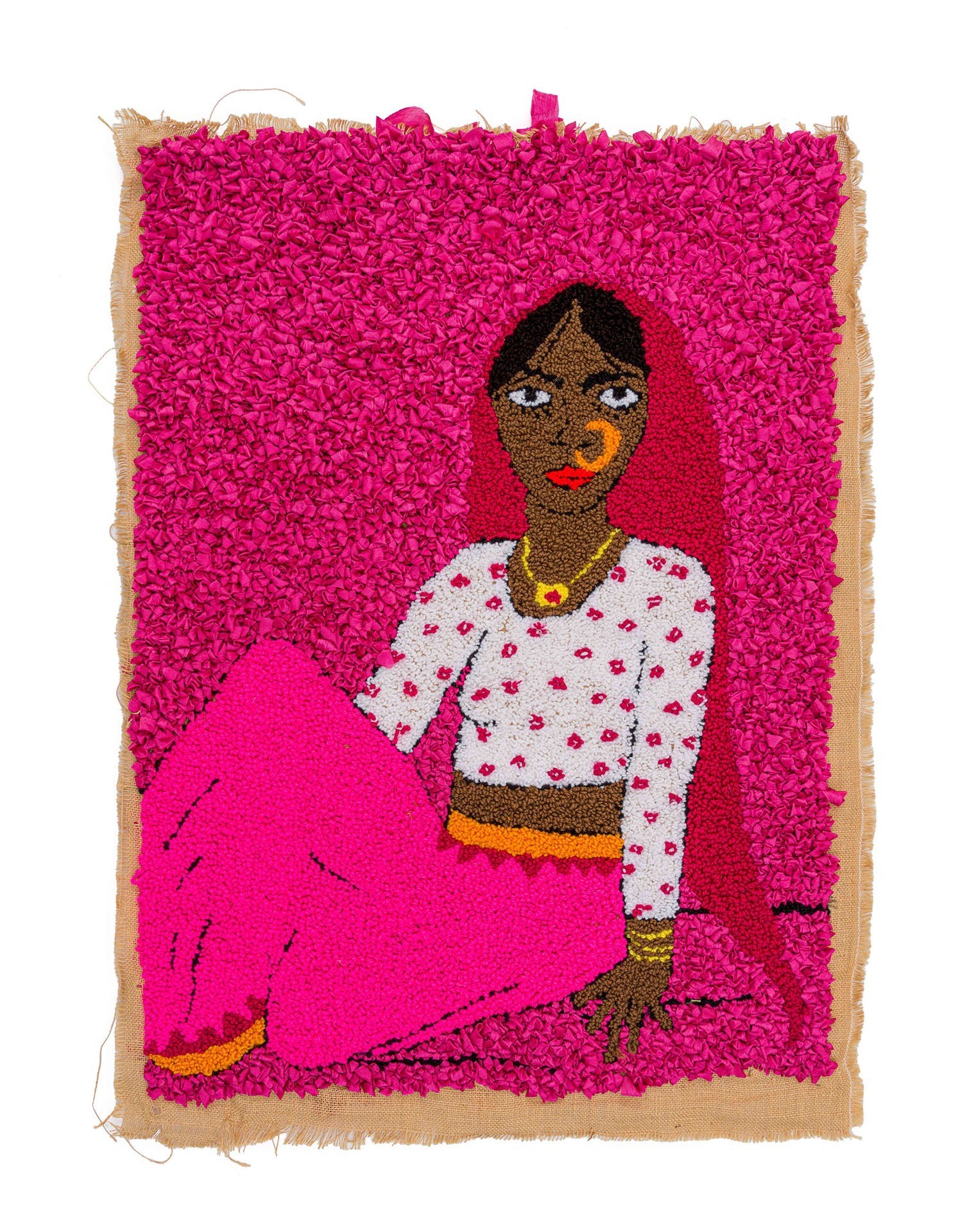
Untitled VII
Talia Ramkilawan
This sentiment resonates deeply with Liese van der Watt, whose curation of ‘We, The People: 30 Years of Democracy in South Africa’ examines the complexities of South Africa’s post-apartheid identity. The exhibition offers a “nuanced perspective on the country’s democratic journey, framing it not as a static given but an ongoing process.” Featured artists include Igshaan Adams, Dineo Seshee Bopape, Candice Breitz, Wim Botha, Bronwyn Katz, Sabelo Mlangeni, Walter Meyer, Gugulective and the Keiskamma Art Project.
The power of radical love in art
The conversation then turned to the theme of love as a form of artistic resistance, a concept introduced through the audience Q&A. Moloi referenced the work of the late Bell Hooks, an author, theorist, educator, and social critic, who spoke about radical love and all its demands – encompassing care, devotion, passion, longing, tenderness, and tough love emerge, rooted in responsibility and action.
This notion of love resonated with Mille Kalsmose and Talia Ramkilawan, who explore community, memory, and identity themes in their work.
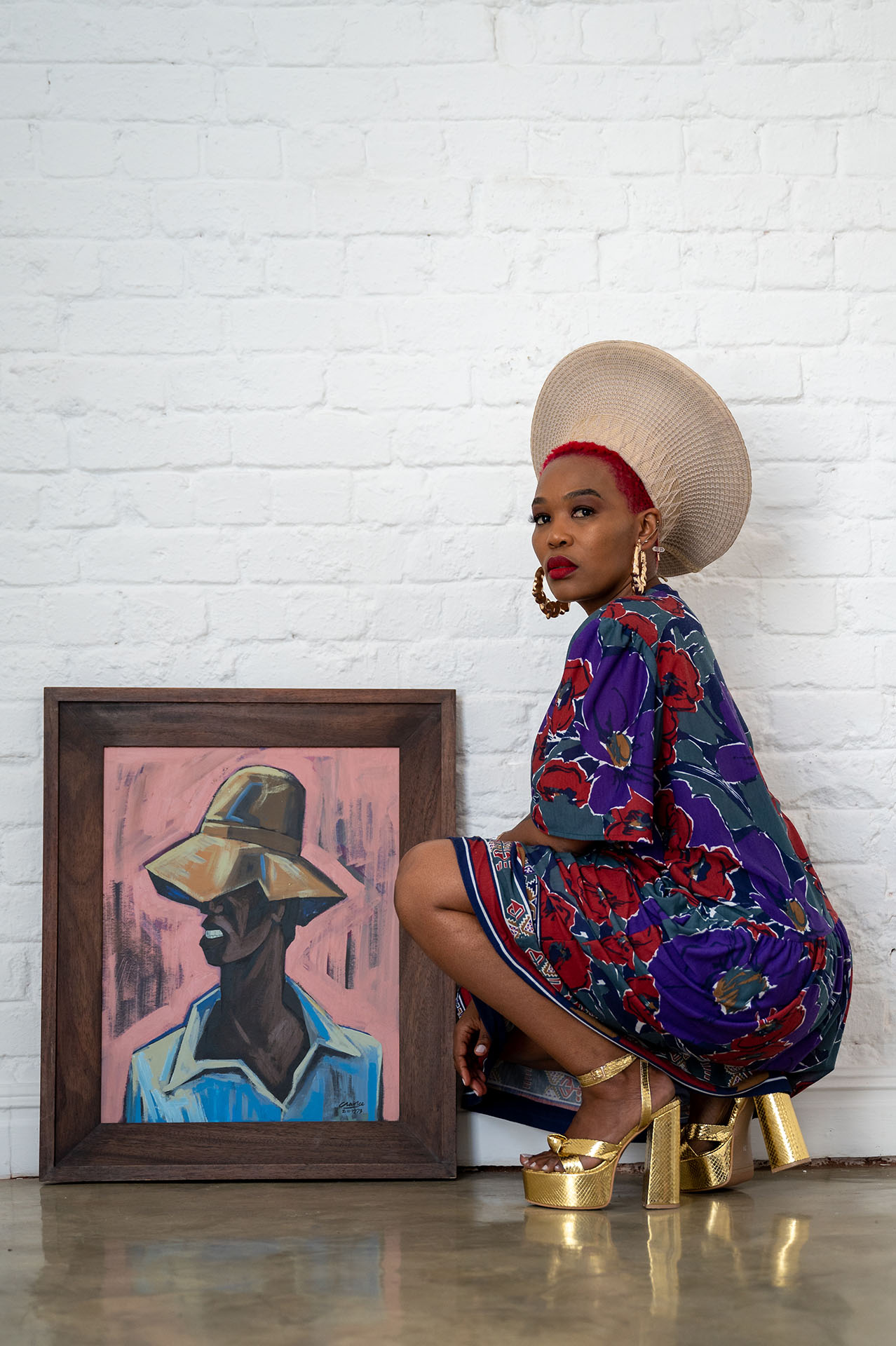
Khanyisile Mbongwa
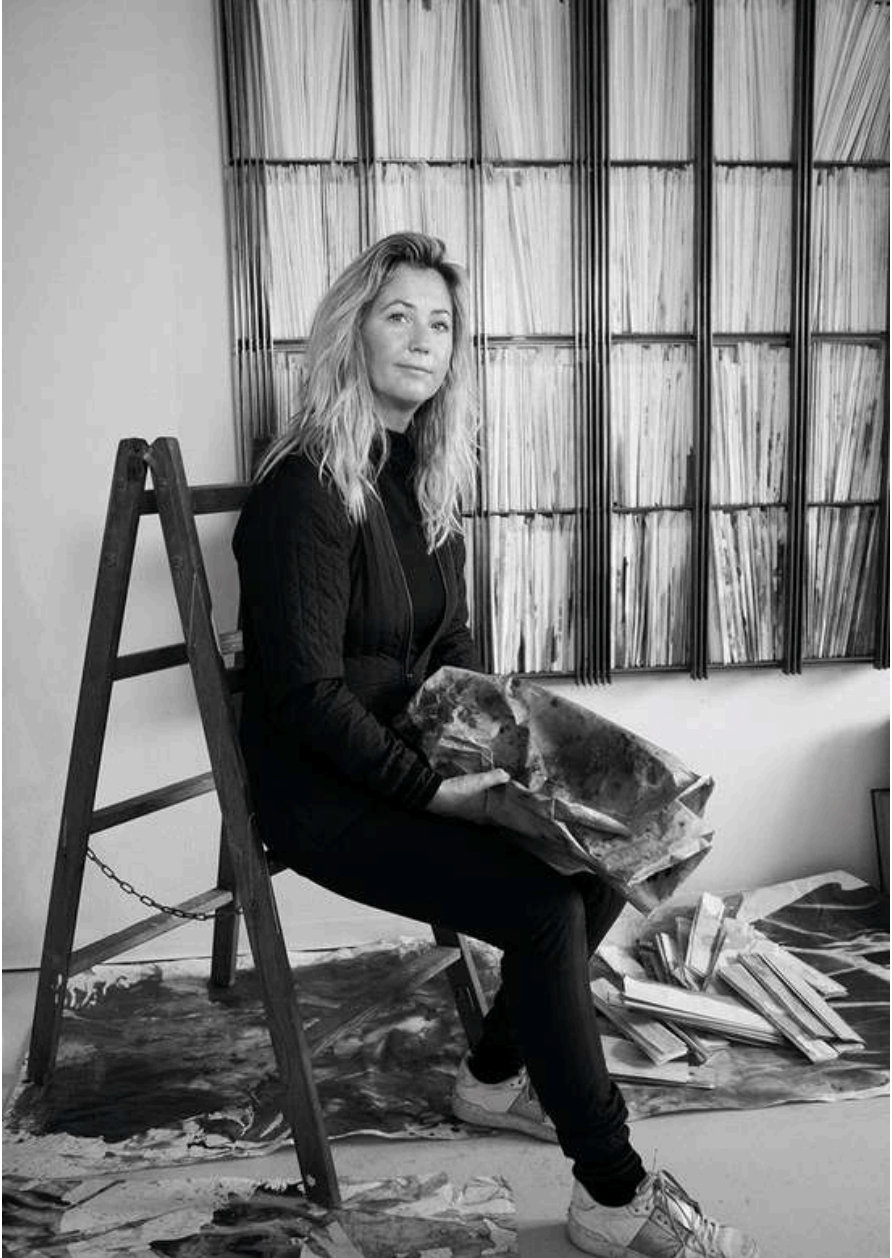
Mille Kalsmose
Kalsmose, whose practice spans installation, sculpture, and two-dimensional work, offers what can be described as spiritual survival kits – artworks that explore and imagine human existence and interconnectedness. Her long-term project, Collected Memory, is built on memories recorded on handwritten notes to create a paper archive. “I’m trying to gather humanity’s voices, their shared thoughts and emotions. I think we live in a time where a lot of people feel depressed, frustrated, that everything is falling apart, that we are getting more and more separated, and angry.”
Suffering from depression and dealing with her mother’s suicide, bringing on what she calls an “angriness victimhood”, her art became a tool for “spiritual and mental survival. Working once more from love, I feel like it’s the only place we can go now,” she said.
Ramkilawan, an artist and teacher living in Cape Town, whose tactile tapestries are made with wool and hessian fabric, explores healing and cultural identity themes. Delving into the reality of enjoying love without shame, blending erotica and tenderness to reflect the radical experience of being brown, queer, and navigating pleasure, she spoke about the importance of vulnerability in artistic expression. She was critical of definitions and categories, such as “woman”, and how these are insufficient or inclusive.
Womxn and non-binary artists shaping the future
The panellists acknowledged that while institutional barriers persist, there is a growing movement toward creating more inclusive and fair art spaces. “I’m more curious about how we as a human race move to a place of kinship, you know, because kinship gives us more space. It doesn’t centre gender; it doesn’t centre all these things. It’s much more nuanced, it’s much more open; it’s a queering. It doesn’t mean everyone has to be queer, but in a queering world there’s much more space for us to be who we want to be,” said Mbongwa.
Van der Watt echoed this sentiment, noting that curatorial and institutional shifts are essential in recognising the value of diverse artistic practices. “If we don’t actively work to change the structures of power in the art world, we risk repeating the same cycles of exclusion.”
Kalsmose and Ramkilawan, as artists who have gained recognition for their groundbreaking work, underscored the importance of community and mentorship in sustaining an artistic practice.
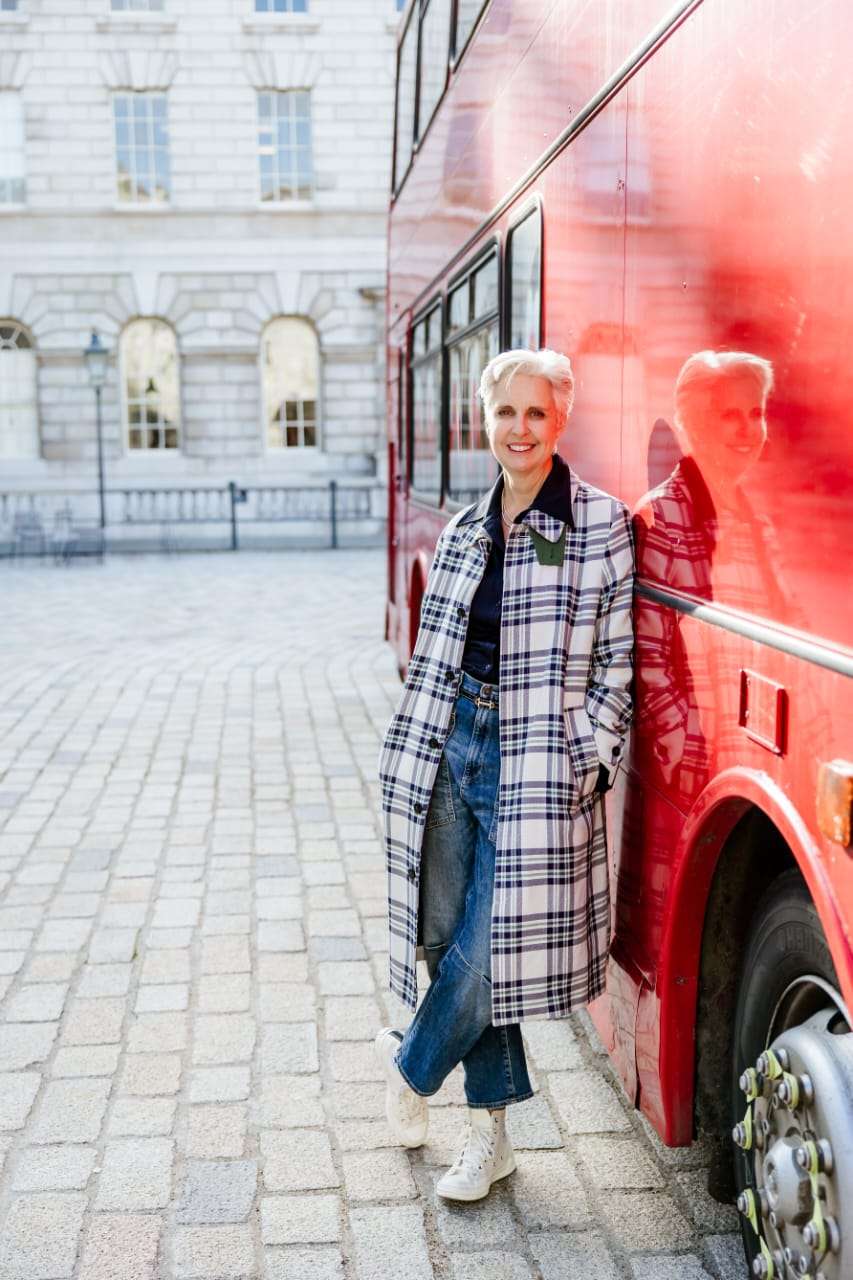
Liese van der Watt
A collective vision for the art ecosystem
Finally, the panellists reflected on what it means to be an artist in today’s world. They spoke of the necessity of courage, the power of storytelling, and the responsibility of artists to challenge and transform the spaces they inhabit. Art is not just about aesthetics. It’s about truth-telling and pushing back against the narratives that seek to erase us.
For Moloi, the discussion reinforced the idea that art is fundamentally about connection. “Whether we’re talking about love, resistance, or memory, what ties everything together is the desire to create something meaningful that speaks to our shared humanity.”
The voices of womxn and non-binary artists are reshaping the art world and expanding the very definition of what art can be – an act of radical love, a tool for healing, and a catalyst for change. Their work reminds us that the future of art lies not in rigid structures but in the fluidity of imagination, the courage to tell untold stories and the commitment to building a more inclusive creative ecosystem.
